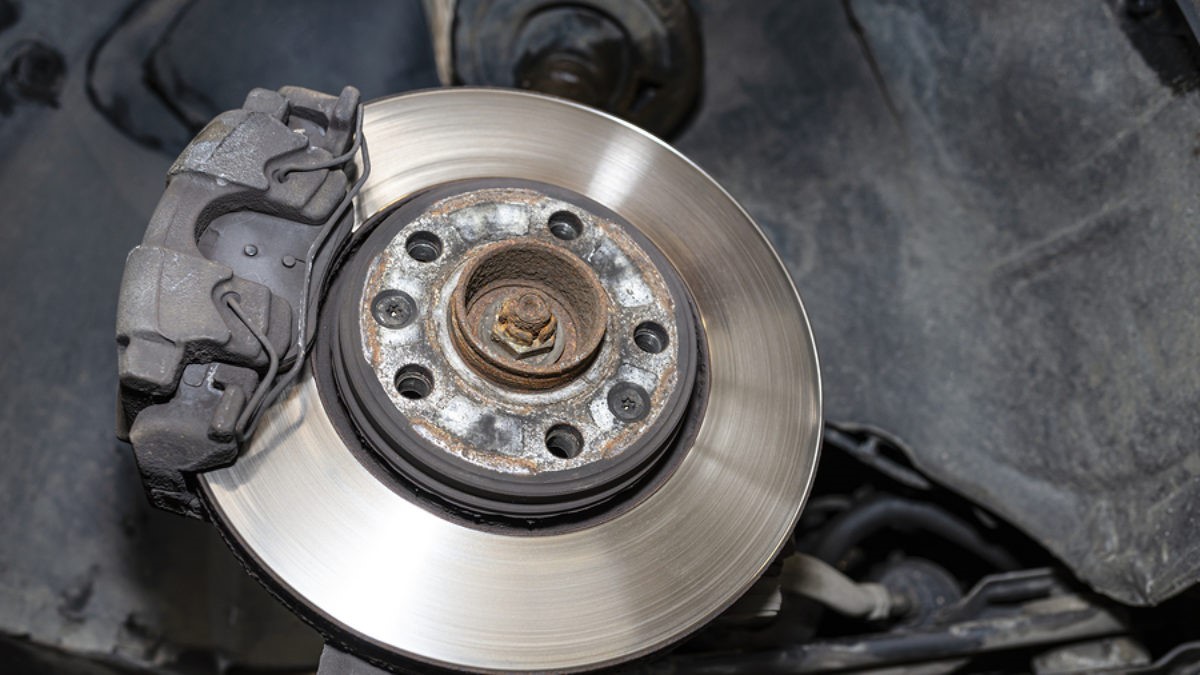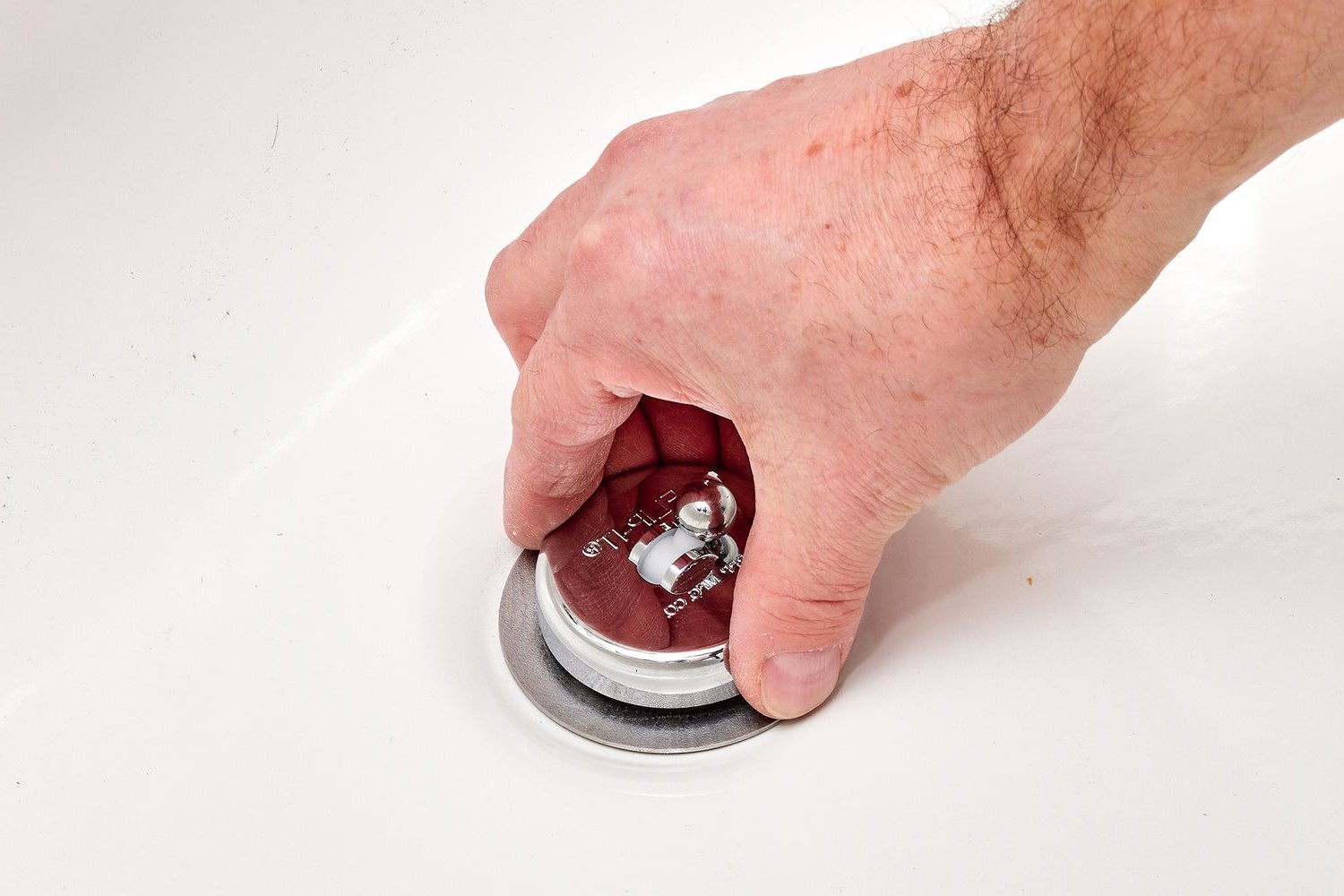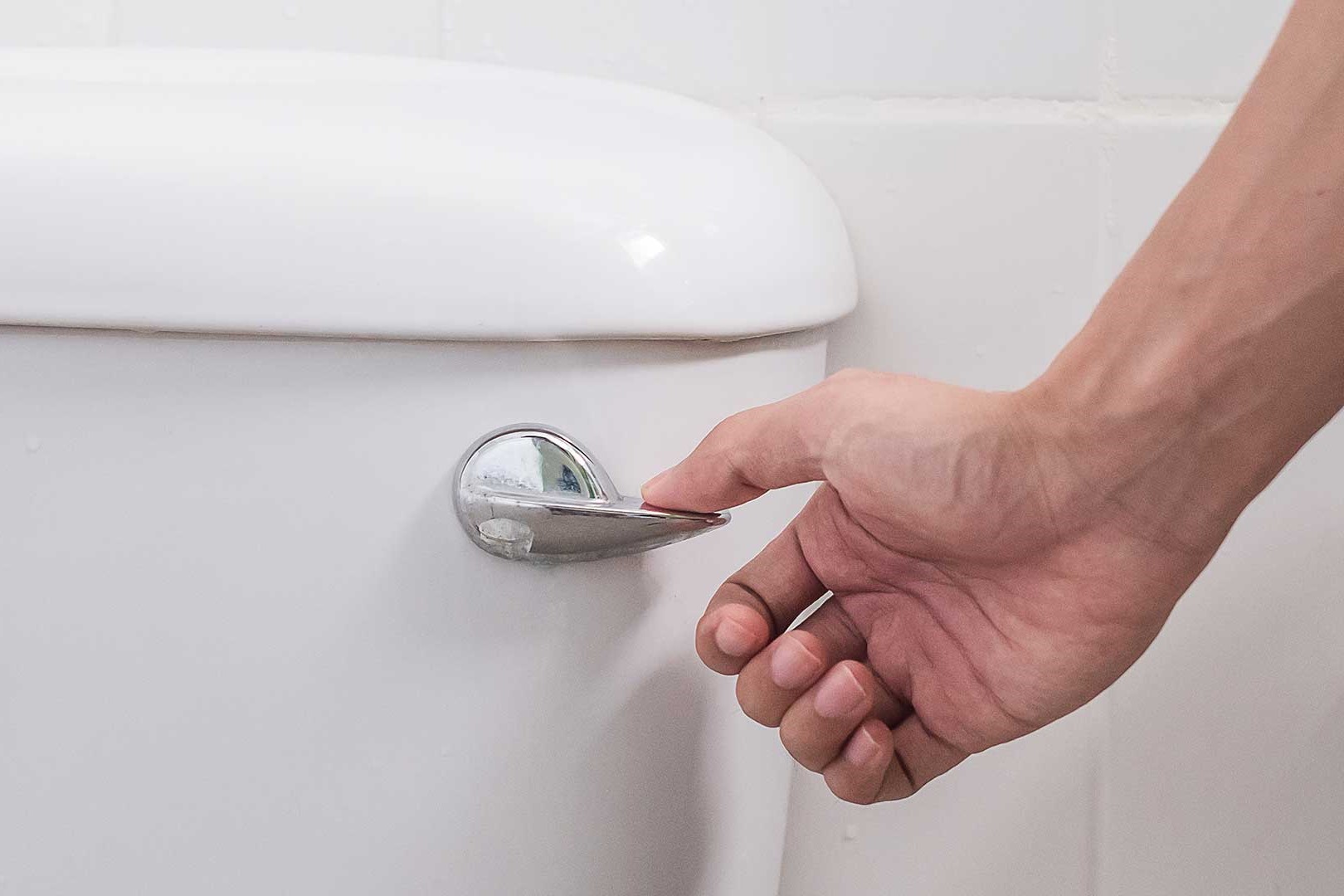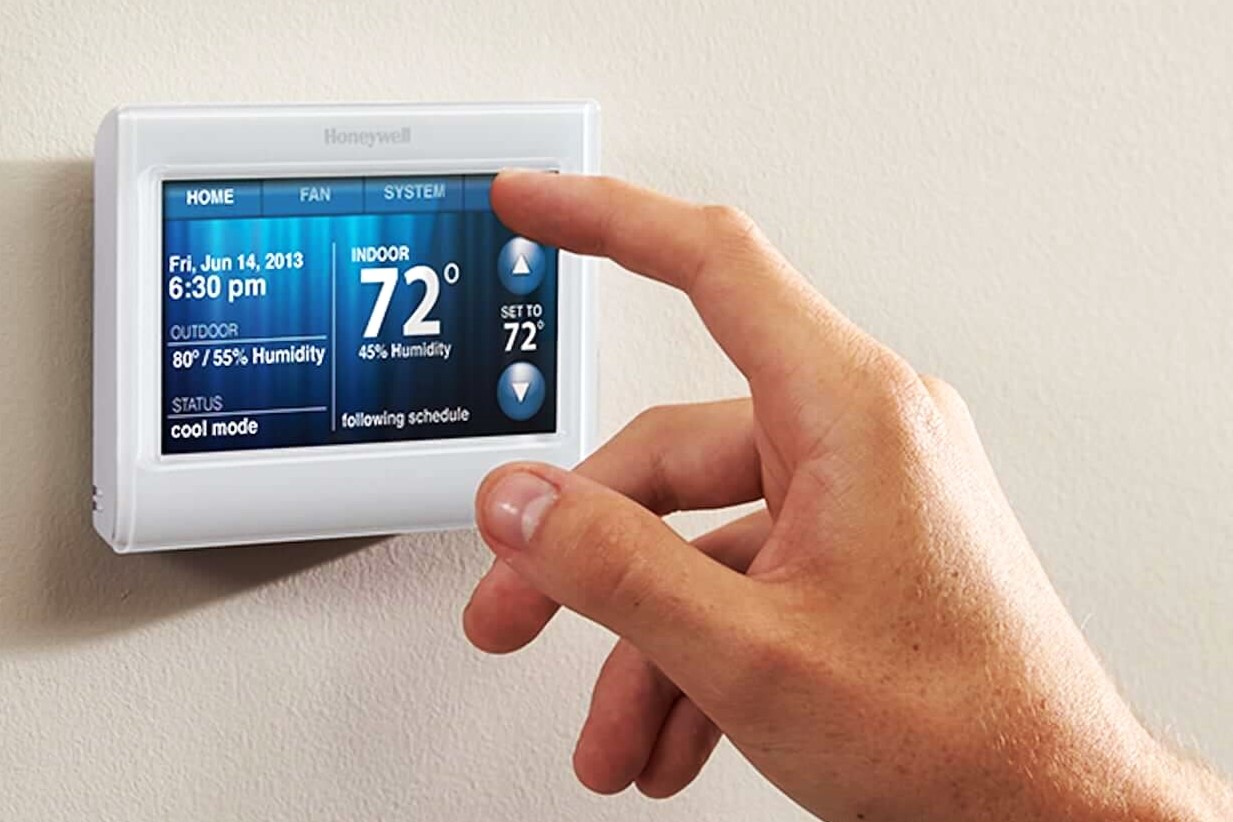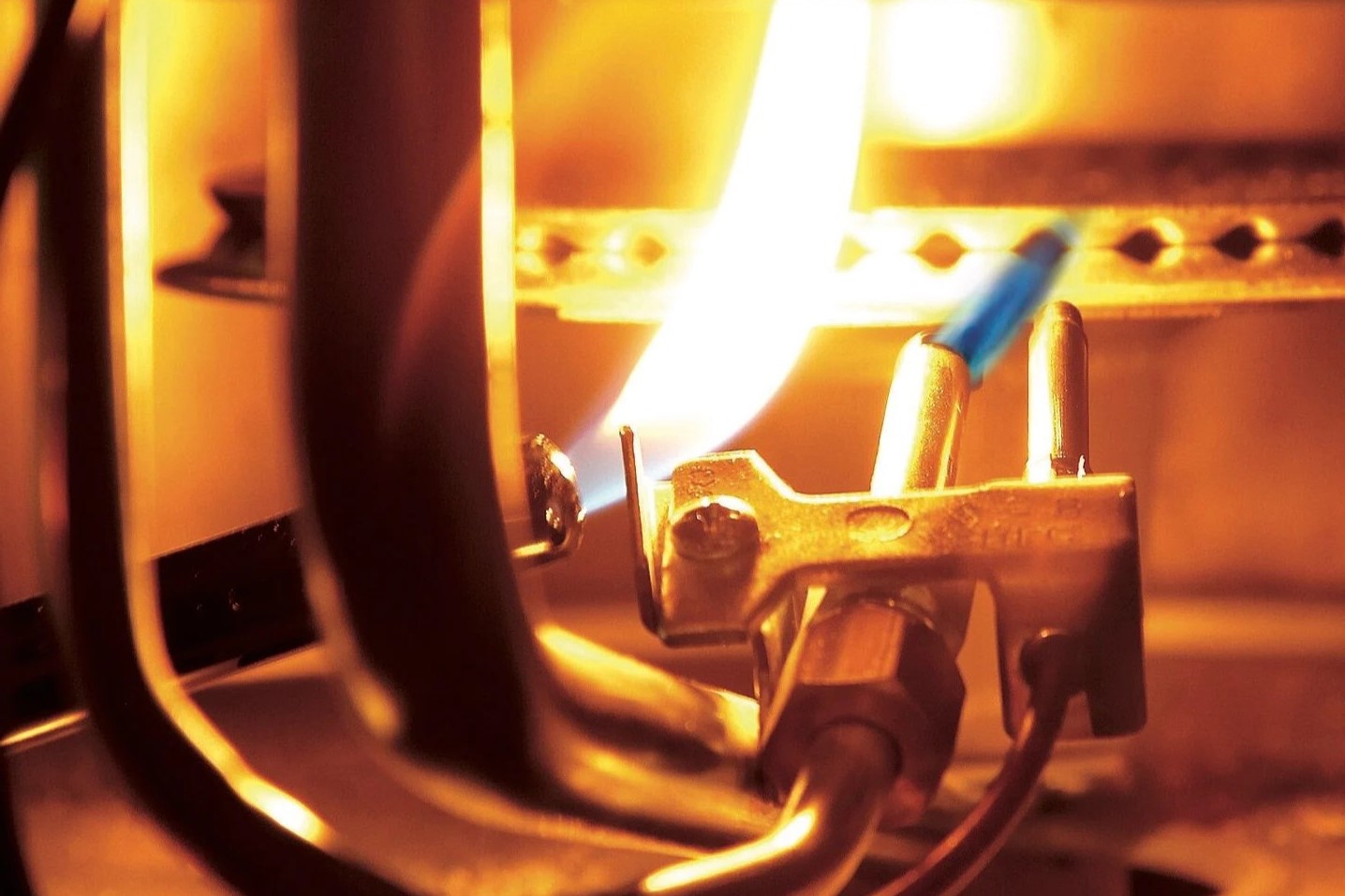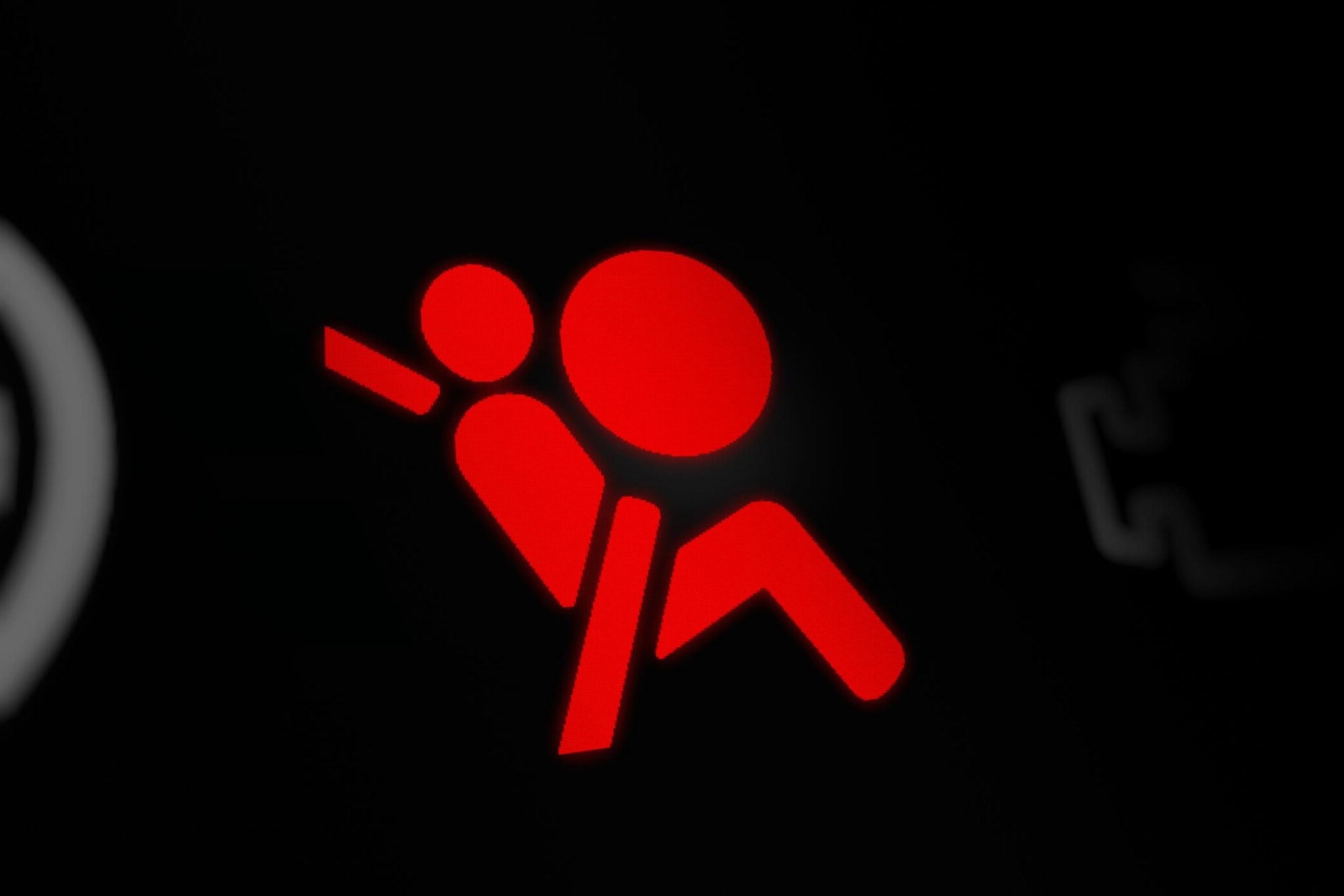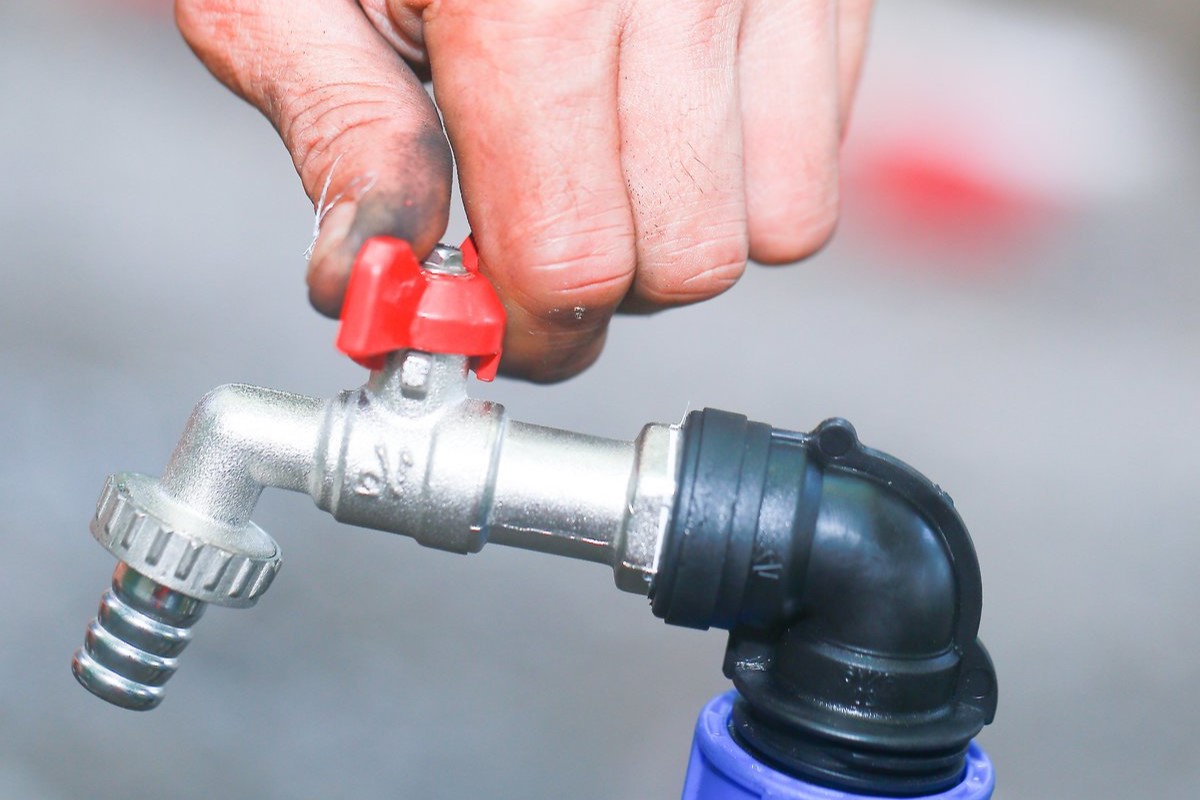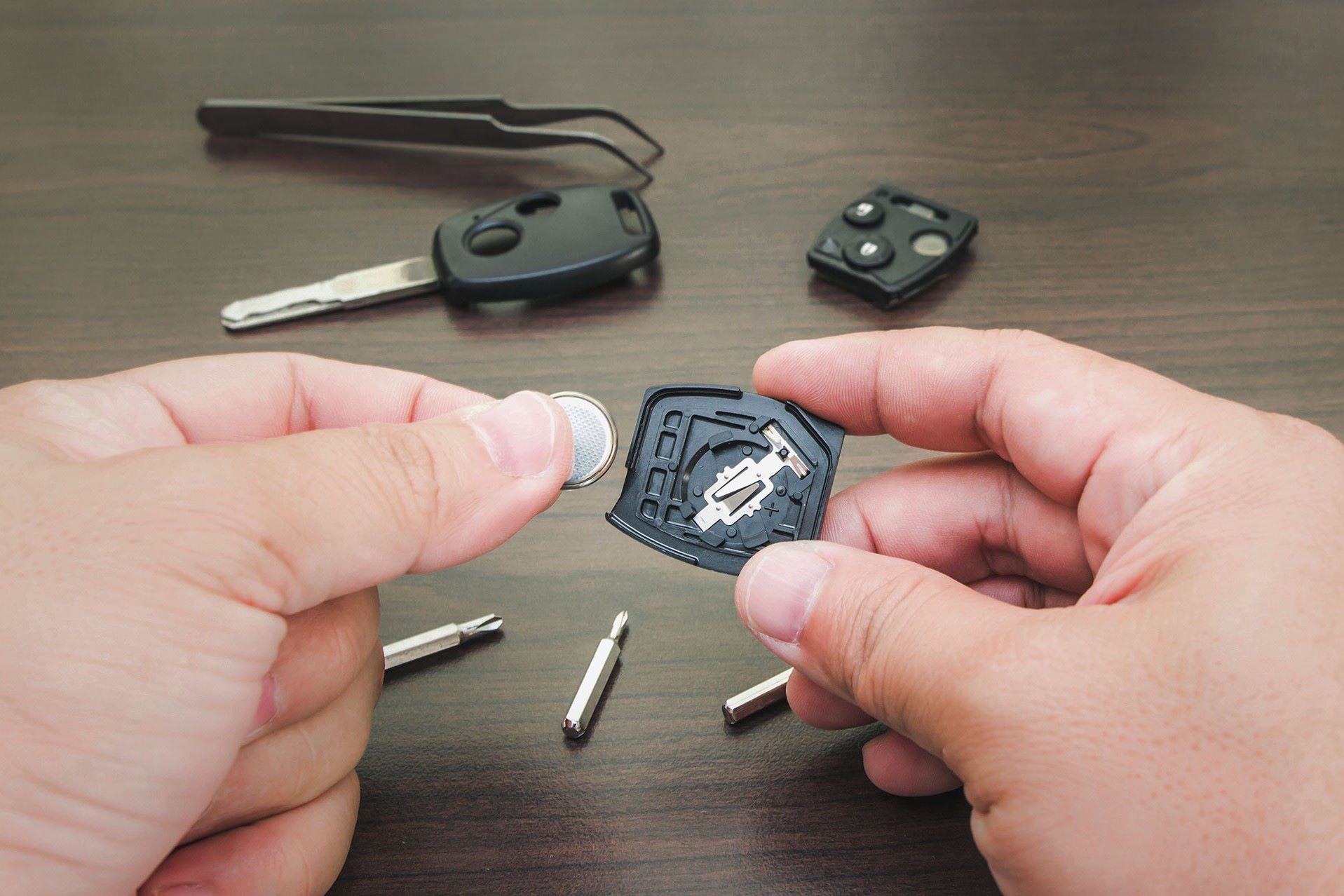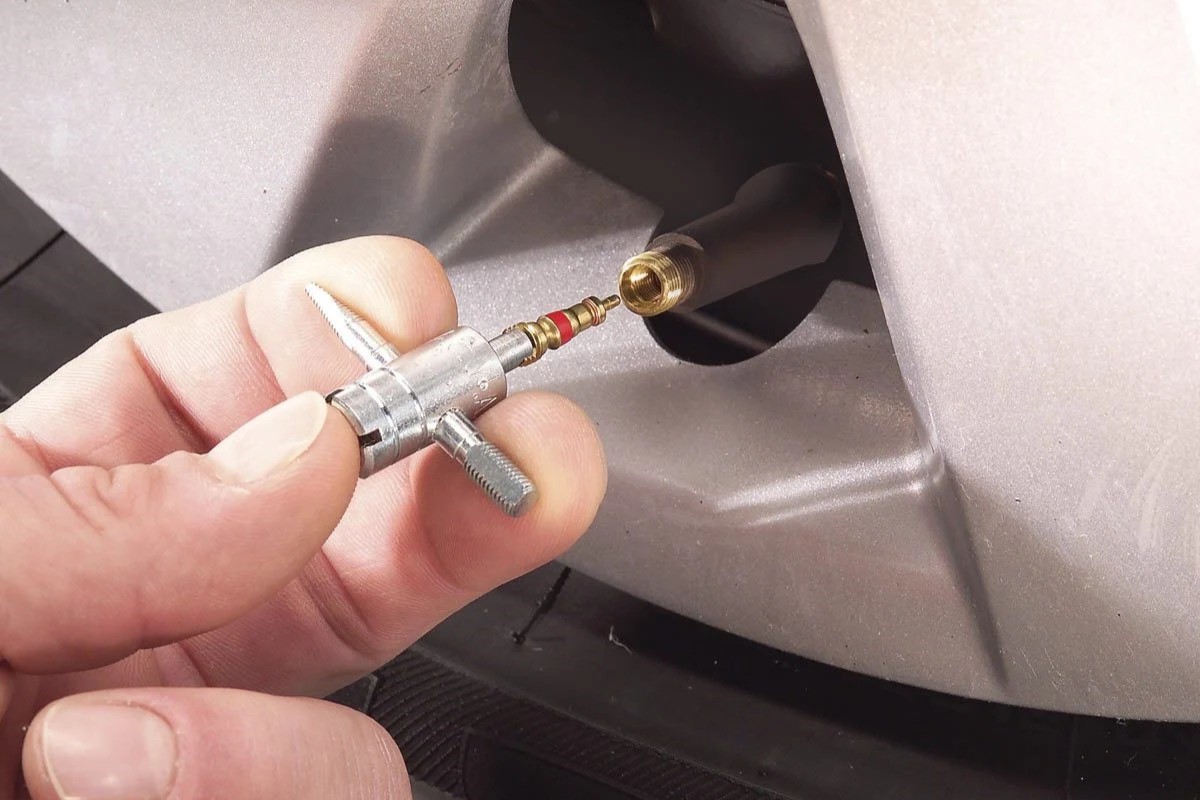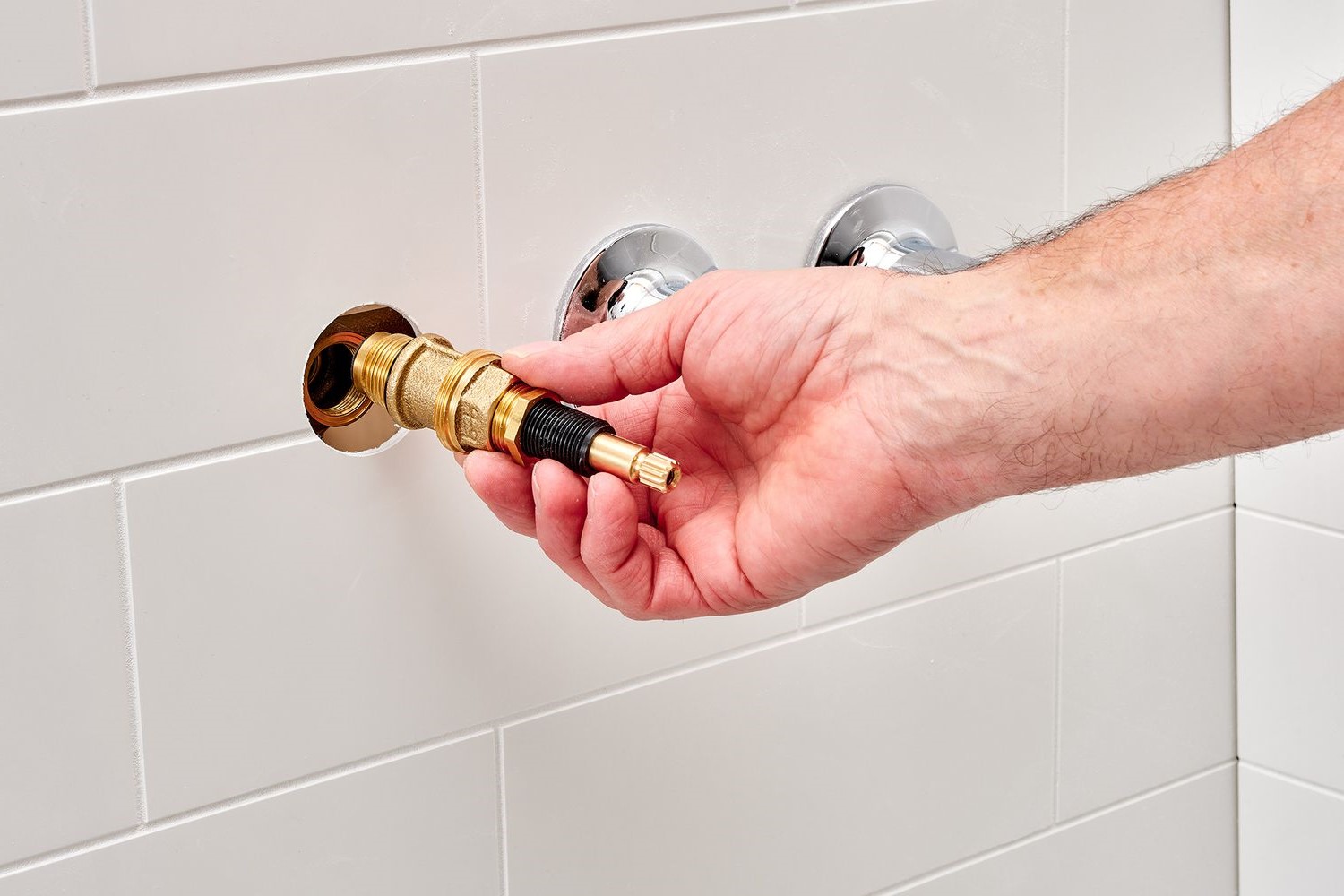Home>Automotive>How To Replace A Brake Light Bulb
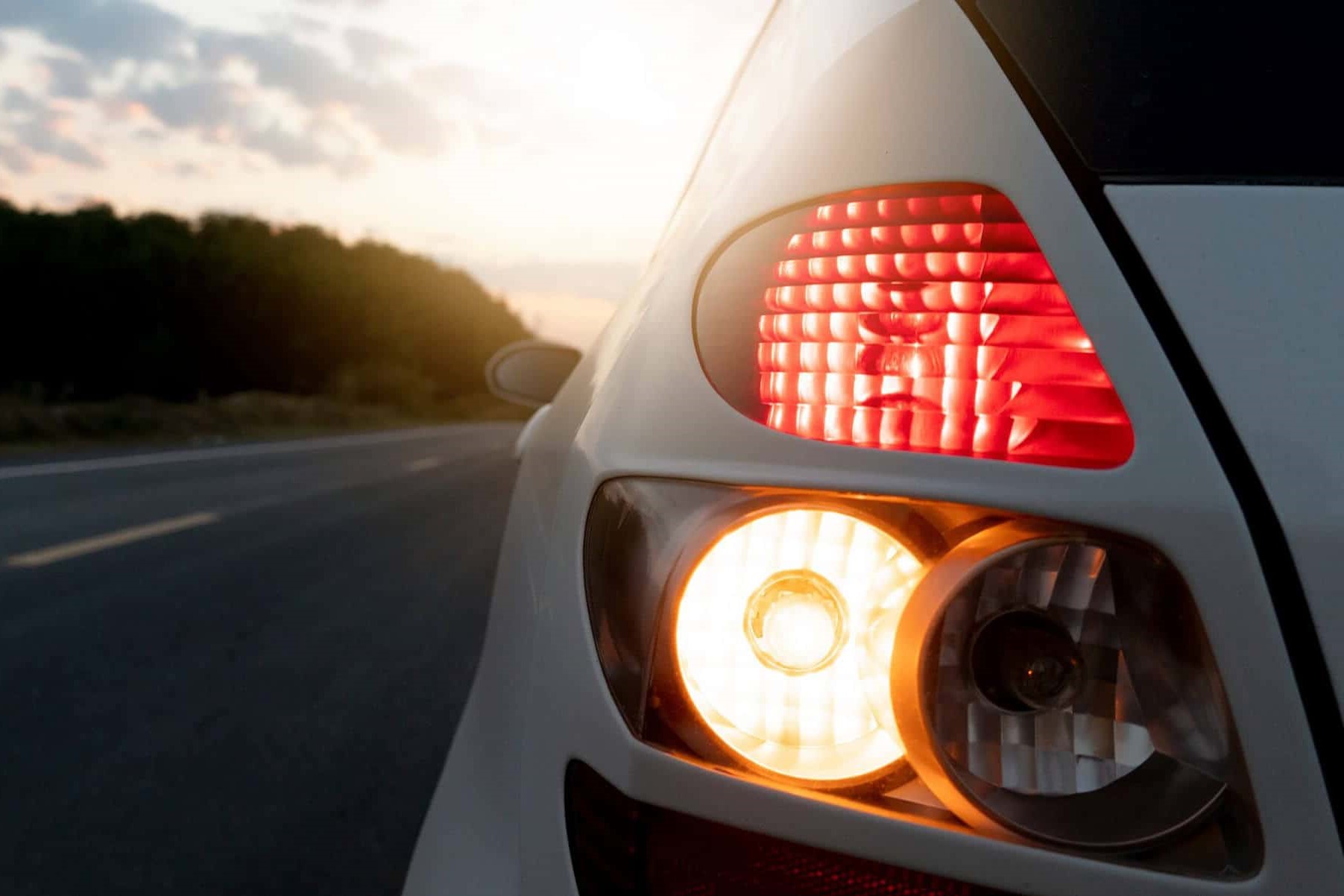

Automotive
How To Replace A Brake Light Bulb
Published: February 27, 2024
Learn how to easily replace a brake light bulb in your vehicle with this step-by-step guide. Keep your automotive lighting in top condition.
(Many of the links in this article redirect to a specific reviewed product. Your purchase of these products through affiliate links helps to generate commission for Noodls.com, at no extra cost. Learn more)
Table of Contents
Introduction
Replacing a brake light bulb is a straightforward task that can be easily accomplished with just a few simple tools and a little know-how. A malfunctioning brake light not only compromises your safety on the road but also puts you at risk of receiving a ticket. Therefore, it's crucial to address a faulty brake light promptly to ensure that your vehicle remains in compliance with road regulations and that you can signal your intentions to other drivers effectively.
In this comprehensive guide, we will walk you through the step-by-step process of replacing a brake light bulb. Whether you're a seasoned DIY enthusiast or a novice with little experience under the hood, this guide will equip you with the knowledge and confidence to tackle this task with ease. By following these instructions, you can save time and money by avoiding a trip to the mechanic and gain the satisfaction of resolving the issue on your own.
So, grab your tools, roll up your sleeves, and let's get started on this practical and empowering journey to replace your brake light bulb.
Read more: How To Replace Pool Light
Step 1: Gather necessary tools
Before diving into the process of replacing a brake light bulb, it's essential to gather the necessary tools to ensure a smooth and efficient experience. Here's a list of items you'll need:
-
Replacement Bulb: The first and most crucial item you'll need is the replacement brake light bulb. Ensure that you have the correct bulb for your vehicle's make and model. Refer to your vehicle's manual or consult with an auto parts store to obtain the appropriate bulb.
-
Screwdriver: Depending on your vehicle's make and model, you may require a Phillips or flathead screwdriver to access the brake light housing. Be prepared with the appropriate screwdriver to remove any panels or covers obstructing access to the bulb.
-
Gloves: It's always a good idea to wear gloves when handling bulbs to prevent oil and dirt from your skin from adhering to the bulb's surface. This can help extend the life of the new bulb and ensure optimal performance.
-
Safety Glasses: While not always necessary, safety glasses can provide an extra layer of protection for your eyes, especially if you're working in a dimly lit or confined space.
-
Cleaning Cloth: A clean, lint-free cloth can be handy for wiping down the brake light housing and removing any dirt or debris that may have accumulated.
-
Owner's Manual: It's always a good idea to have your vehicle's owner's manual on hand. It can provide valuable insights into the specific steps required to access and replace the brake light bulb for your particular vehicle.
By ensuring that you have these tools at your disposal, you'll be well-prepared to tackle the task of replacing your brake light bulb. With everything in place, you can proceed to the next step with confidence, knowing that you have everything you need to complete the job effectively.
Step 2: Locate the brake light bulb
Locating the brake light bulb is the crucial first step in the process of replacing it. The exact location of the bulb can vary depending on the make and model of your vehicle. However, in most cases, the brake light bulb is housed within the vehicle's taillight assembly. Here's a detailed guide to help you locate the brake light bulb:
-
Consult the Owner's Manual: If you're unsure about the location of the brake light bulb in your specific vehicle, referring to the owner's manual can provide valuable insights. The manual typically contains detailed diagrams and instructions for accessing and replacing various bulbs in the vehicle's lighting system.
-
Inspect the Taillight Assembly: The taillight assembly is usually located at the rear of the vehicle. Depending on the vehicle's design, the assembly may be secured with screws, clips, or bolts. Use your screwdriver to remove any fasteners that are holding the taillight assembly in place.
-
Access the Bulb Housing: Once the taillight assembly is accessible, look for the bulb housing within the assembly. In most cases, the brake light bulb is housed within a socket that can be twisted or pulled out from the assembly. The socket is typically secured with a locking mechanism that can be released by twisting it counterclockwise or by pressing a release tab, allowing you to remove the bulb housing.
-
Identify the Brake Light Bulb: Within the bulb housing, you'll find the brake light bulb. It's important to identify the correct bulb to ensure that you replace it with the appropriate replacement. The brake light bulb is typically a single filament bulb, distinguished by its red or amber color and its location within the taillight assembly.
By following these steps and carefully inspecting the taillight assembly, you'll be able to locate the brake light bulb with confidence. Once you've successfully identified the bulb, you can proceed to the next step of removing the old bulb and preparing to install the new one.
Step 3: Remove the old bulb
Removing the old brake light bulb is a crucial step in the process of replacing it with a new one. With the bulb located within the taillight assembly, it's essential to proceed with care to avoid damaging the bulb or the surrounding components. Here's a detailed guide to help you safely remove the old bulb:
-
Disconnect the Power: Before handling the bulb, it's important to ensure that the power to the taillight assembly is disconnected. This can typically be achieved by either turning off the vehicle's ignition or by locating and removing the fuse or relay that powers the taillights. By disconnecting the power source, you can prevent the risk of electrical shock and safely proceed with the removal process.
-
Remove the Bulb Housing: Once the power is disconnected, carefully remove the bulb housing from the taillight assembly. Depending on the design of the housing, it may be secured with a twist-lock mechanism or a spring clip. Follow the specific instructions outlined in your vehicle's owner's manual to release the housing without causing any damage.
-
Extract the Old Bulb: With the bulb housing in hand, gently extract the old brake light bulb by either twisting it counterclockwise or by carefully pulling it out of the socket. It's important to handle the bulb with care to avoid breakage, as shattered glass and exposed filaments can pose safety hazards.
-
Inspect the Socket: While the bulb is removed, take a moment to inspect the socket within the housing. Ensure that it's clean and free from any corrosion or debris that could impede the performance of the new bulb. If necessary, use a clean, dry cloth to gently wipe the socket and remove any contaminants.
-
Dispose of the Old Bulb: Properly dispose of the old bulb in accordance with local regulations. If the old bulb is damaged or non-functional, it's important to handle it with care to avoid injury. Consider placing it in a protective container before disposing of it to prevent accidental breakage.
By following these steps and exercising caution, you can safely remove the old brake light bulb from your vehicle's taillight assembly. With the old bulb out of the way, you're now ready to proceed to the next step of installing the new bulb and restoring the functionality of your brake light.
Step 4: Install the new bulb
With the old brake light bulb successfully removed, it's time to proceed with installing the new bulb. This step is crucial in restoring the functionality of your brake light and ensuring that your vehicle remains safe and compliant on the road. Here's a detailed guide to help you seamlessly install the new bulb:
-
Prepare the New Bulb: Before installing the new bulb, take a moment to inspect it and ensure that it's the correct replacement for your vehicle's make and model. Verify that the bulb's specifications match those of the old bulb, including its wattage and size. Additionally, avoid touching the glass surface of the new bulb with your bare hands, as the oils from your skin can create hot spots on the bulb, potentially leading to premature failure. If necessary, use gloves or a clean cloth to handle the new bulb.
-
Insert the New Bulb: Carefully position the new brake light bulb at the opening of the socket within the bulb housing. Align the bulb's base with the socket and insert it gently, ensuring that it's seated securely. Depending on the design of the socket, you may need to twist the bulb clockwise or push it into place until it locks in position. Be mindful of the bulb's orientation, as it should align with the contacts within the socket to establish a proper electrical connection.
-
Secure the Bulb Housing: Once the new bulb is in place, reattach the bulb housing to the taillight assembly. If the housing is secured with a twist-lock mechanism, follow the manufacturer's instructions to lock it into position. Alternatively, if the housing features a spring clip, ensure that it's properly engaged to hold the bulb housing securely. Take care not to overtighten any fasteners, as this could lead to damage or misalignment.
-
Reconnect the Power: With the new bulb installed and the housing secured, it's time to reconnect the power to the taillight assembly. This can be achieved by reinserting the fuse or relay, or by turning the vehicle's ignition back on. Once the power is restored, test the brake light to ensure that the new bulb illuminates as expected.
By following these steps and handling the new bulb with care, you can successfully install it within the taillight assembly, effectively restoring the functionality of your brake light. With the new bulb in place, you're now ready to proceed to the final step of testing the brake light to confirm that it's operating correctly.
Step 5: Test the brake light
After successfully installing the new brake light bulb, it's crucial to verify that it functions as intended. Testing the brake light ensures that the replacement bulb is operational and that your vehicle complies with safety regulations. Here's a detailed guide to help you effectively test the brake light:
-
Turn on the Vehicle: Start by turning on your vehicle's ignition. Ensure that the engine is running or that the vehicle's electrical systems are powered.
-
Engage the Brakes: With the vehicle in a stationary position, press the brake pedal to activate the brake light. Observe the taillights to confirm that the newly installed bulb illuminates as expected. It's advisable to perform this test in a well-lit area or with the assistance of a second person who can verify the brake light's functionality from outside the vehicle.
-
Check for Proper Illumination: As the brake light activates, carefully inspect the taillight assembly to ensure that the new bulb emits a bright, consistent light. Verify that the illumination is uniform and that there are no flickering or dim areas, as these could indicate a poor connection or a faulty bulb.
-
Test the Turn Signals: While testing the brake light, take the opportunity to verify the functionality of the turn signals and other rear lighting components. Activate the turn signals, hazard lights, and reverse lights to confirm that they operate correctly. This comprehensive check ensures that the entire taillight assembly is in proper working order.
-
Observe from the Rear: If possible, step outside the vehicle or ask a helper to stand behind it and observe the brake light from a distance. This external perspective can provide valuable insights into the brightness and visibility of the brake light, especially in varying lighting conditions.
-
Repeat the Test: Perform the brake light test multiple times to ensure consistency in its operation. By engaging the brakes intermittently and observing the light's behavior, you can confirm that the new bulb functions reliably and consistently.
By following these steps and conducting a thorough test of the brake light, you can ensure that the replacement bulb is fully operational and that your vehicle's lighting system is in compliance with safety standards. A properly functioning brake light not only enhances your safety on the road but also promotes the visibility of your vehicle to other drivers, contributing to overall road safety.
With the successful completion of the brake light test, you can rest assured that your vehicle is equipped with a reliable and functional brake light, allowing you to drive with confidence and peace of mind.
Conclusion
Congratulations on successfully replacing your brake light bulb! By following the step-by-step guide outlined in this article, you've not only resolved a crucial safety issue but also gained valuable insight into the maintenance of your vehicle's lighting system. Taking the initiative to address a malfunctioning brake light on your own demonstrates resourcefulness and a proactive approach to vehicle upkeep.
As you reflect on the process, it's important to acknowledge the sense of accomplishment that comes with completing a DIY automotive task. The satisfaction of identifying the problem, gathering the necessary tools, and executing the replacement with precision is a testament to your ability to handle basic vehicle maintenance. This experience may also inspire confidence in tackling future automotive projects, further empowering you as a vehicle owner.
Moreover, by replacing the brake light bulb yourself, you've saved time and potentially avoided the expense of a professional mechanic's services. This practical and cost-effective approach aligns with the spirit of self-reliance and responsible vehicle ownership. It's a reminder that with the right knowledge and guidance, many automotive maintenance tasks can be efficiently handled at home, contributing to overall vehicle care and longevity.
Beyond the immediate benefits, such as improved safety and compliance with road regulations, the successful replacement of the brake light bulb fosters a deeper connection with your vehicle. Understanding its components and taking an active role in its maintenance can enhance your overall driving experience. This hands-on involvement may lead to a heightened appreciation for the intricacies of automotive engineering and the importance of regular upkeep.
As you conclude this DIY endeavor, take a moment to appreciate the practical skills and knowledge you've gained. Whether you're a seasoned DIY enthusiast or someone who's just beginning to explore vehicle maintenance, this experience serves as a valuable building block in your automotive journey. Embrace the sense of empowerment that comes with mastering a new skill, and carry this confidence forward as you continue to engage with your vehicle's maintenance needs.
In closing, the successful replacement of your brake light bulb exemplifies the rewards of proactive vehicle maintenance, self-reliance, and a commitment to safety. As you embark on future automotive endeavors, may this experience serve as a reminder of your capability and resourcefulness in addressing vehicle-related challenges. With each successful DIY project, you further solidify your role as a knowledgeable and capable vehicle owner, equipped to handle a wide range of maintenance tasks with confidence and proficiency.

